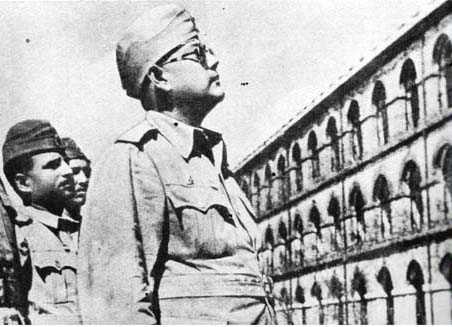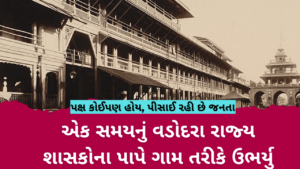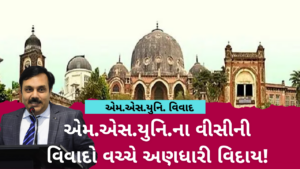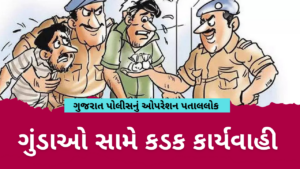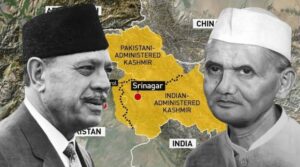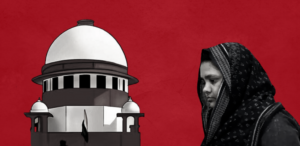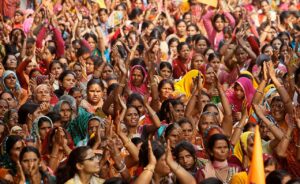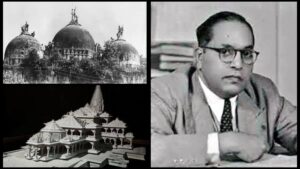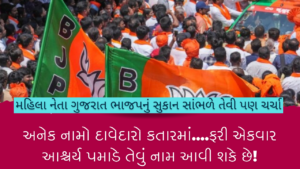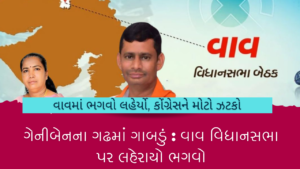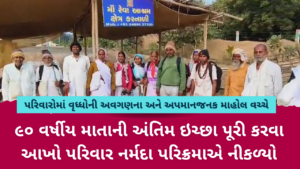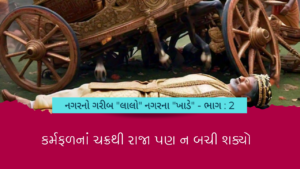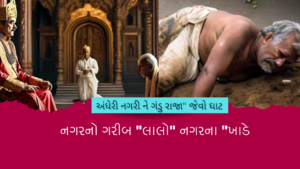Situated on the eastern coast of India, the Andaman and Nicobar Islands have a deep rooted history. They are the only part of the country to have been occupied by a non-European power, namely the Japanese. The Japanese occupation of the Andaman is one of the less well-known aspects of the Second World War. It began on March 23, 1942, when Japanese forces landed in South Andaman, and within three to four hours, they had taken complete control of the region. The Japanese occupation of the Andaman coincided with the occupation of the area by the Indian National Army (INA), and their mutual understanding ensured that the Japanese would encounter no opposition when attempting to seize control of the island.
After the Japanese stepped foot on the islands, they went on a rampage, killing and looting anything they could lay their hands on. The death toll from Japanese brutality in the Andaman Islands is estimated to have been around 2000 Indian deaths.
On November 6, 1943, Japan finally turned over control of the Andaman and Nicobar Islands to the Indian government, which was led by Netaji Subhash Chandra Bose, during the Greater East Asia Conference in Tokyo, Japan finally gave the Andaman and Nicobar Islands to India. Netaji Subhash Chandra Bose’s government declared:
“Like the Bastille in Paris, which was liberated first in the French Revolution, setting free political prisoners, the Andamans, where our patriots suffered much, is the first to be liberated in India’s fight for independence… we have renamed Andamans as ‘Shaheed,’ in memory of the martyrs;
the Nicobar – ‘Swaraj.’”
Netaji went to Port Blair in December 1943 to hoist the tricolor and formally take over the islands. He gave the Andaman and Nicobar new names: ‘Shaheed Dweep’ and ‘Swaraj Dweep,’ respectively.
He honoured the sacrifices made by the revolutionaries detained in Cellular Jail on Andaman Island and kept his word to step foot on Indian soil by the end of the year.
As a result, the INA came to represent nationalism and was no longer trusted to serve as the main tool of British rule. Following World War II, the British Empire’s control over India began to erode. India saw several hartals, protests, and rallies, all of which had the same message:
‘Indians would no longer put up with the British Raj oppression.’
August 15, 1947, saw the independence of India. Ultimately, all of the sacrifices, peace initiatives, and uprisings against the British were successful. Along with his command of the Indian National Army, Netaji played a major role in the Andaman and Nicobar Islands’ independence.
Prime Minister Narendra Modi renamed the three Andaman and Nicobar islands in 2018 as a memorial to Netaji Subhas Chandra Bose. ‘Netaji Subhas Chandra Bose Dweep’ was the new name given to Ross Island, ‘Shaheed Dweep’ to Neil Island, and ‘Swaraj Dweep’ to Havelock Island. This action brought the history of the area and Netaji’s struggle for independence back to life.
This is a lesser-known Indian historical incident that is absent from our textbooks. The day that marked the beginning of our independence and the unveiling of the tiranga will always hold particular significance, as will the bravery of Netaji Subhas Chandra Bose.

